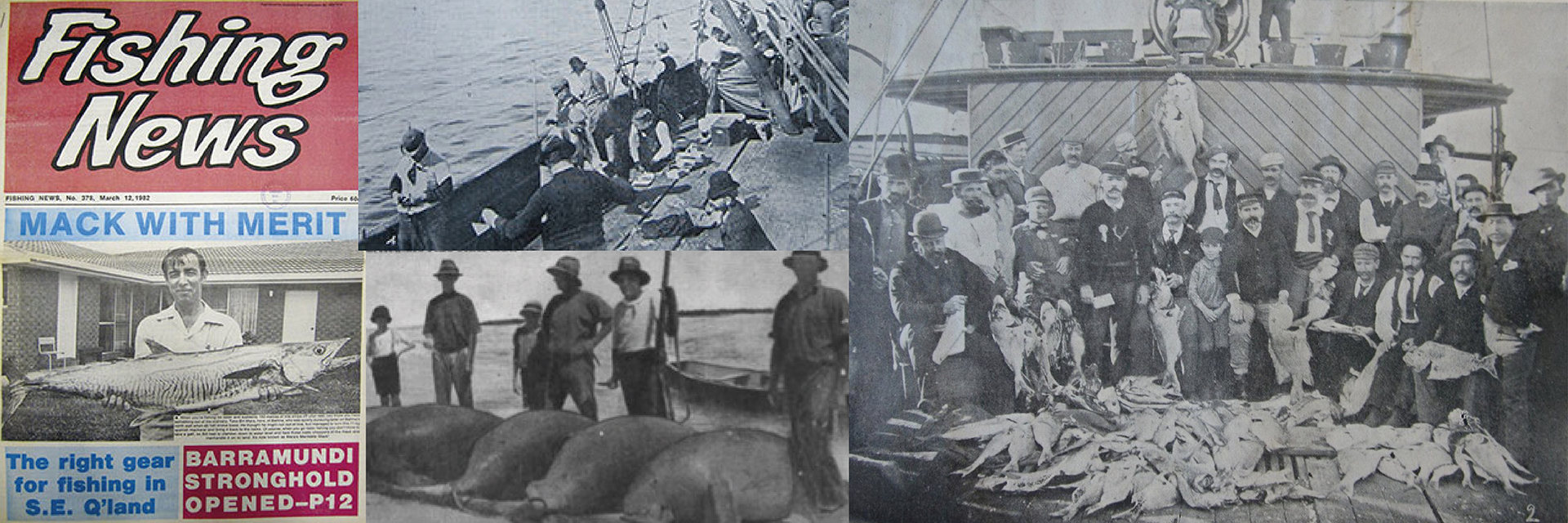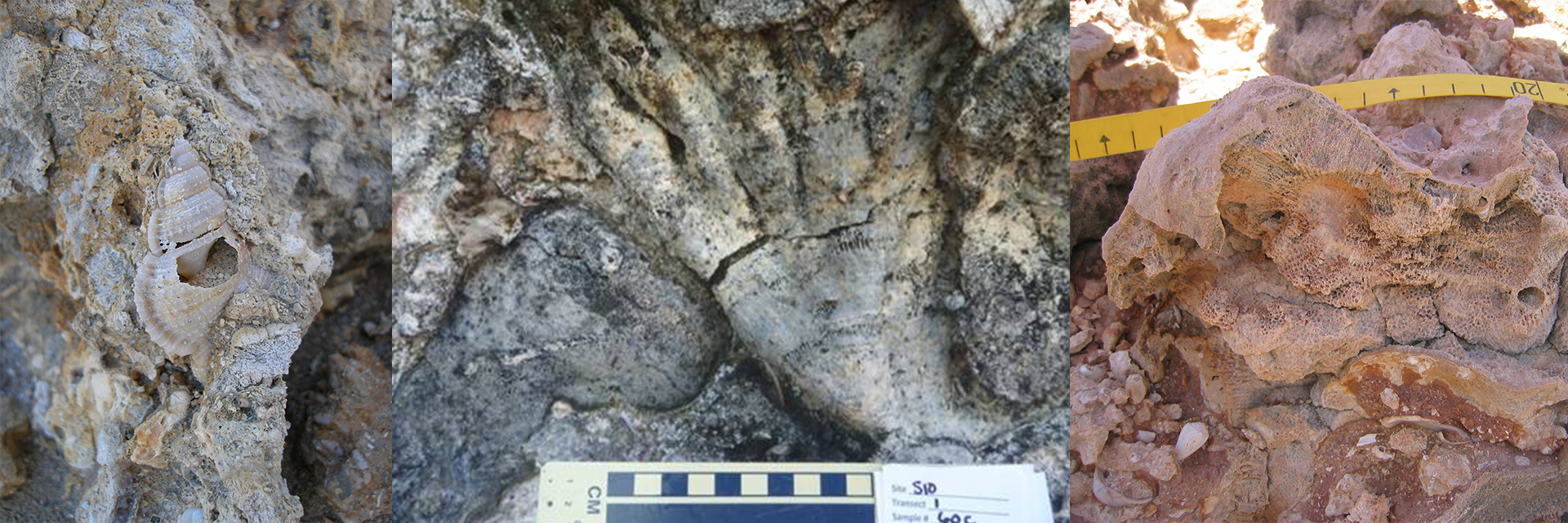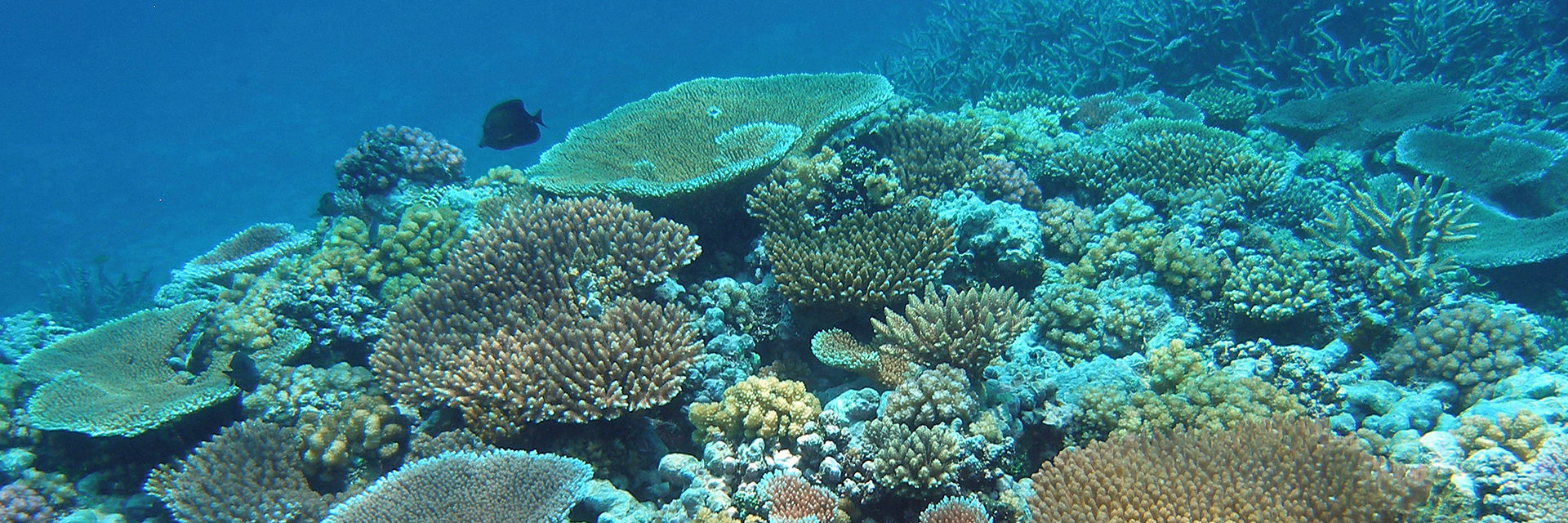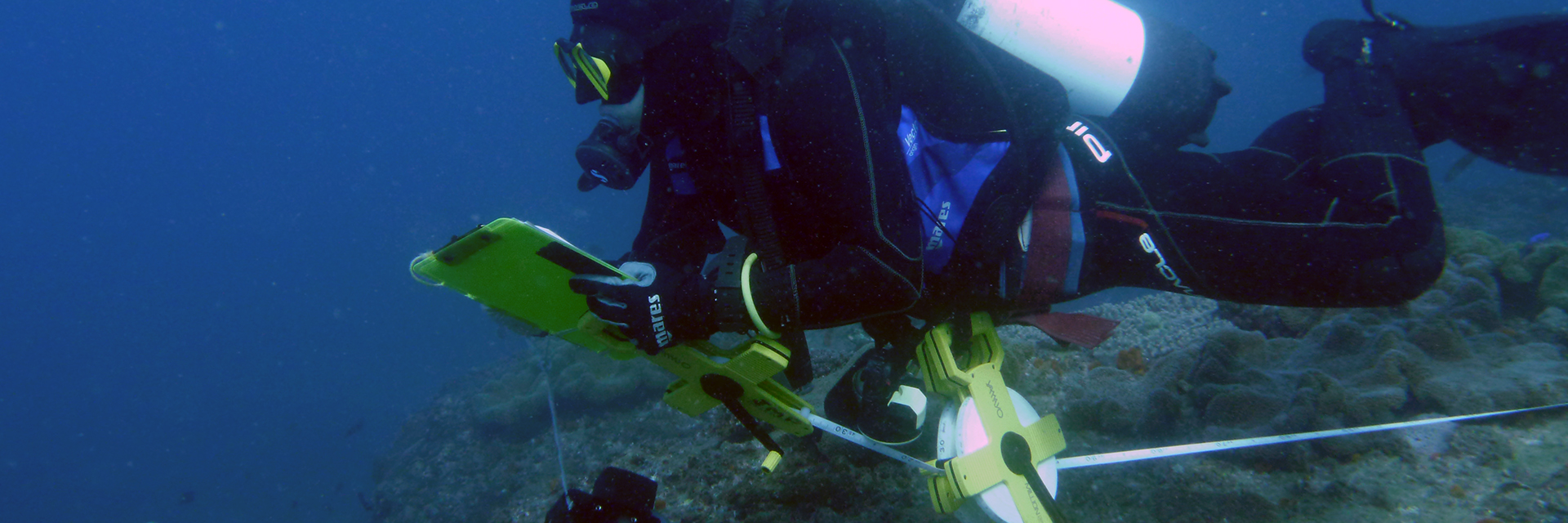Recent molecular analyses indicate that many reef coral species belong to hybridizing species complexes or ‘‘syngameons.’’ Such complexes consist of numerous genetically distinct species or lineages, which periodically split and/or fuse as they extend through time. During splitting and fusion, morphologic intermediates form and species overlap. Here we focus on processes associated with lineage fusion, and the recognition of such hybridization in the fossil record. Our approach involves comparing patterns of ecologic and morphologic overlap in genetically characterized modern species with fossil representatives of the same or closely related species. We also consider the long-term consequences of past hybridization on the structure of modern-day species boundaries. Our studies involve the species complex Montastraea annularis s.l., with which we also conduct parallel studies on long-term evolutionary history, palaeoecology, and rates of origination and extinction.
1) Hybridization, extinction, and evolution in a Caribbean reef coral species complex
Researchers:John Pandolfi
2) Pleistocene studies of coral reefs (PNG, Caribbean)
Researchers:John Pandolfi
3) Extinction risk in the sea
I am part of a National Evolutionary Synthesis Center (NESCent) working grout to address (1) whether there are universal determinants of extinction risk in the sea and (2) whether we can use particular times in Earth history to predict the responses of extant species to projected environmental change. Answering these questions is of pressing import as we struggle to understand the impacts of current extinctions on the future of biodiversity. The group is employing two modes of synthesis (data aggregation and meta-analysis) and will generate a publicly-accessible synoptic database that allows for evaluation of extinction risk in marine organisms across different spatial and temporal scales.
Researchers:John Pandolfi
Collaborators:
NESCent






